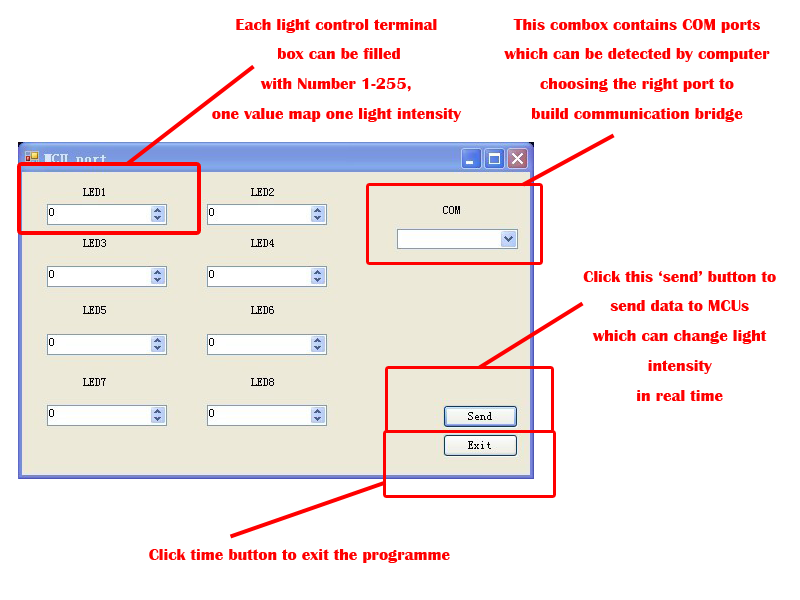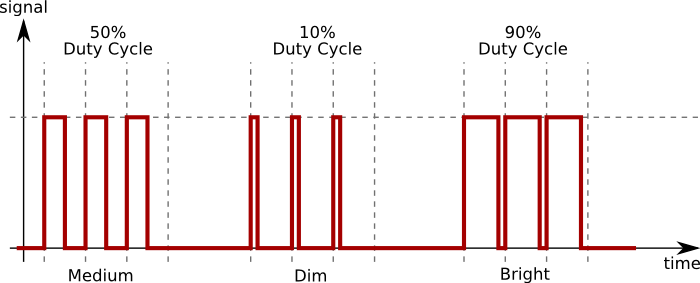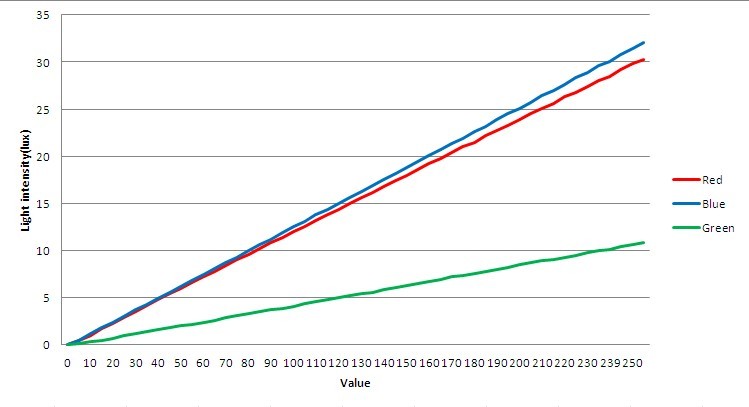Team:SJTU-BioX-Shanghai/Project/Luminous device/Control
From 2013.igem.org
(→Output) |
(→Output) |
||
| (One intermediate revision not shown) | |||
| Line 44: | Line 44: | ||
At first, choose one port which is connectting with MCU board from the combobox. Then input the value range 1 to 255 in textboxes and click send bottom. After communication, you can interrupt the connection, and LEDs will keep their light intensity. | At first, choose one port which is connectting with MCU board from the combobox. Then input the value range 1 to 255 in textboxes and click send bottom. After communication, you can interrupt the connection, and LEDs will keep their light intensity. | ||
| + | Each value sent by computer can generate a PWM wave, and each wave can generate one light intensity. | ||
=PWM= | =PWM= | ||
| Line 82: | Line 83: | ||
=Output= | =Output= | ||
| - | Each light can generate a linear curve of light intensity. Each luminous source focus on one light sensor. Through circles or simulation data, we can probably find a optimal metabolic pathway. With this accurate method, we can precisely explore the expression of each gene in the metabolic system or control traget gene. Further more, this system can also be used in testing creatures' sensibility on light. | + | Each light can generate a linear curve of light intensity under the control of PWM wave. Each luminous source focus on one light sensor. Through circles or simulation data, we can probably find a optimal metabolic pathway. With this accurate method, we can precisely explore the expression of each gene in the metabolic system or control traget gene. Further more, this system can also be used in testing creatures' sensibility on light. |
[[image:13SJTU_LED_Chart.jpg|thumb|500px|right|''Fig.2'' Linear relationship between value and light intensity]] | [[image:13SJTU_LED_Chart.jpg|thumb|500px|right|''Fig.2'' Linear relationship between value and light intensity]] | ||
Latest revision as of 04:19, 28 September 2013
|
| ||
|
 "
"


